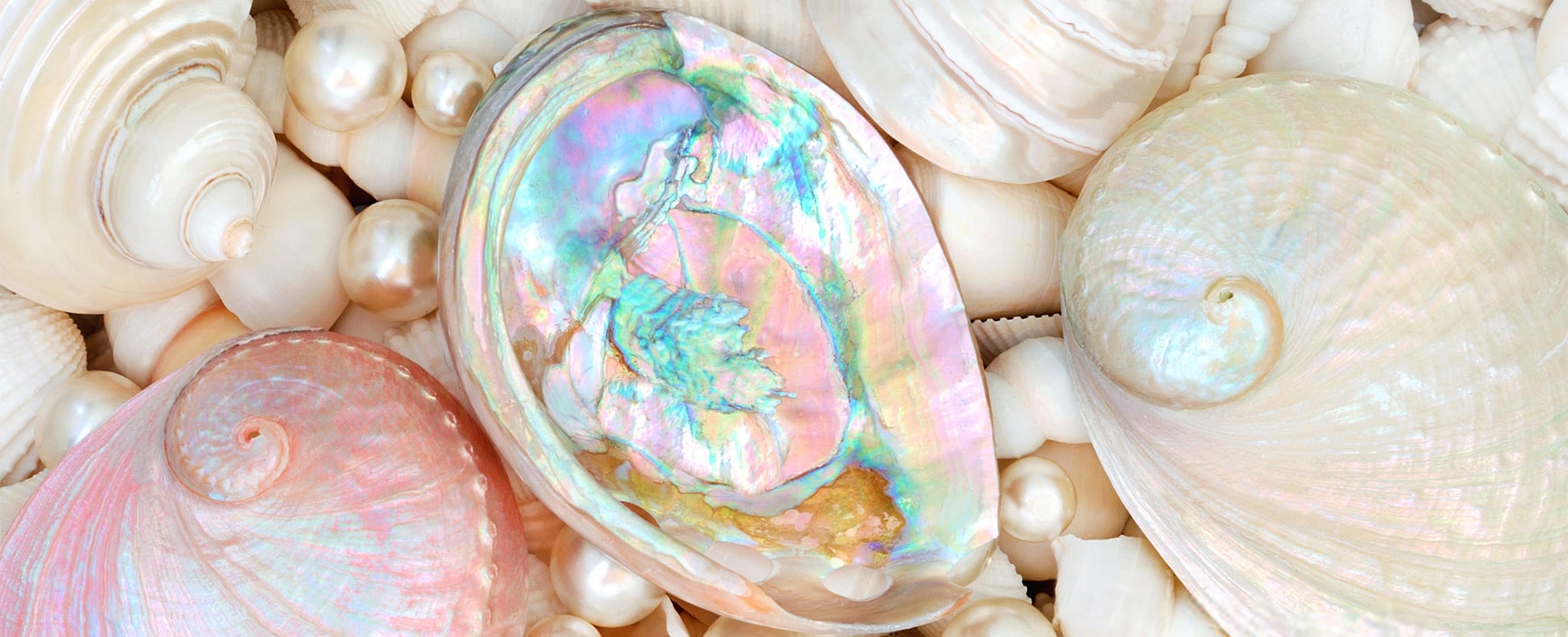Article Highlights
Have you ever marveled at the iridescent shimmer inside a seashell or a piece of jewelry and wondered what gives it that magical glow? That mesmerizing material is called Mother of Pearl, or nacre, and it’s one of nature’s most stunning creations.
Mother of Pearl is more than just a pretty face. Formed by mollusks like oysters and abalones, this lustrous layer protects their soft bodies from predators and environmental stresses. It’s a fantastic example of nature’s ingenuity.
But why should you care? Well, aside from its undeniable beauty, Mother of Pearl is believed to hold a treasure trove of benefits, from enhancing intuition to relieving stress. Who wouldn’t want a bit of that in their life?
Imagine wearing a piece of jewelry that’s not only beautiful but also brimming with centuries of history and a sprinkle of mysticism.
Whether you’re new to the world of crystal healing or a seasoned enthusiast, Mother of Pearl offers something for everyone. Plus, it’s durable—almost as tough as it is gorgeous. This makes it perfect for everything from delicate necklaces to bold inlays in furniture and musical instruments.
Formation and Composition

How Mother of Pearl is Formed by Mollusks
Imagine a mollusk, snug in its shell, fending off the world’s stresses—sounds relatable, right? But how do these fascinating creatures craft such a dazzling defense? It all begins with layers and layers of tiny, flat crystals.
When a mollusk feels a bit of grit or a tiny intruder, it goes into action mode. It starts secreting nacre, a combination of calcium carbonate and conchiolin, which is like nature’s own superglue. Layer by layer, this mixture forms smooth, iridescent plates, creating the stunning Mother of Pearl.
This process is a slow, meticulous dance. The mollusk deposits layers of nacre, one after the other, ensuring each one fits perfectly. Think of it as laying down microscopic bricks to build a gleaming fortress.
The result? A robust, beautiful inner shell that’s both a protective barrier and a shimmering spectacle.
What makes Mother of Pearl truly magical is its structure. The thin layers interfere with light, creating that signature iridescent glow.
Chemical and Physical Composition (Calcium Carbonate and Conchiolin)
At the heart of Mother of Pearl’s captivating beauty lies a fascinating combination of chemistry and structure. The primary component is calcium carbonate, which crystallizes into aragonite.
These aragonite platelets are incredibly tiny, often just a few micrometers across. They are meticulously layered like bricks in a wall, creating a tough yet flexible material.
But calcium carbonate doesn’t work alone. It’s bound together by conchiolin, an organic protein that acts like a natural glue, holding the aragonite platelets in place.
This combination of hard mineral and organic binder gives Mother of Pearl its unique properties: strength, resilience, and that iconic iridescent glow.
The interaction between these materials at a microscopic level is what makes Mother of Pearl not only visually stunning but also incredibly durable.
Differences Between Mother of Pearl and Pearls
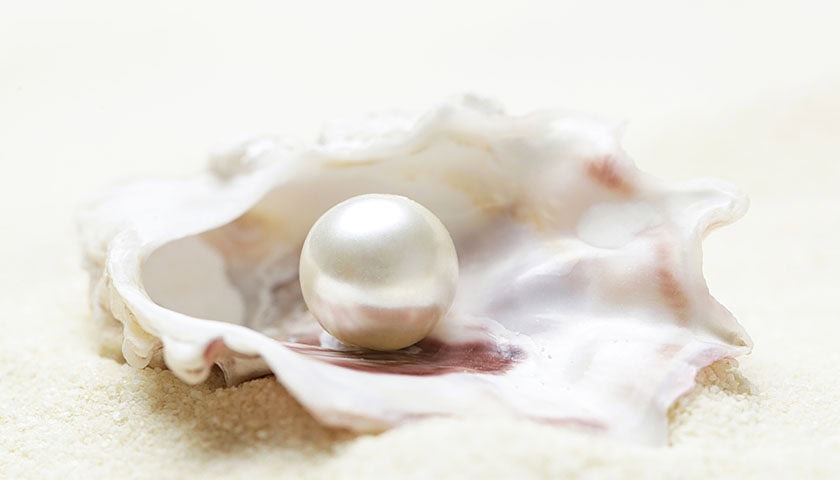
Mother of Pearl and pearls might come from the same family, but they’re like the cool cousins with distinct personalities.
Mother of Pearl lines the inside of mollusk shells, creating that beautiful, shimmering surface we adore. It’s like the mollusk’s wallpaper, layered meticulously for protection.
Pearls, on the other hand, are like the unexpected house guests of the mollusk world. When a foreign particle sneaks in, the mollusk wraps it in layers of nacre, forming a gorgeous, round gem. While Mother of Pearl is flat and perfect for inlays and decoration, pearls are spherical and celebrated as stunning jewelry pieces.
Properties and Benefits
Mother of Pearl isn’t just a pretty face—it’s packed with remarkable properties and benefits that make it truly special. Physically, it’s known for its iridescence, resilience, and durability, making it ideal for everything from jewelry to decorative inlays. Its layered structure reflects light beautifully, creating that signature shimmering effect.

But let’s talk metaphysics! Many believe Mother of Pearl holds soothing and stress-relieving properties. It’s said to bring about emotional balance, enhance intuition, and attract prosperity. Think of it as a little piece of calm and clarity you can carry with you.
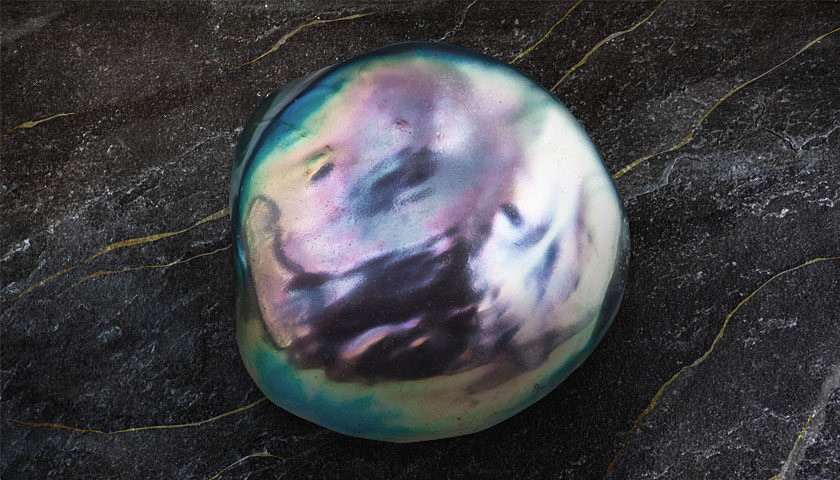
And there’s more! In crystal healing, it’s often used to strengthen relationships and protect from negative energy. Imagine wearing a piece that not only looks gorgeous but also supports your emotional and spiritual well-being. Mother of Pearl offers a blend of beauty, strength, and serene energy—no wonder it’s treasured by so many!
History
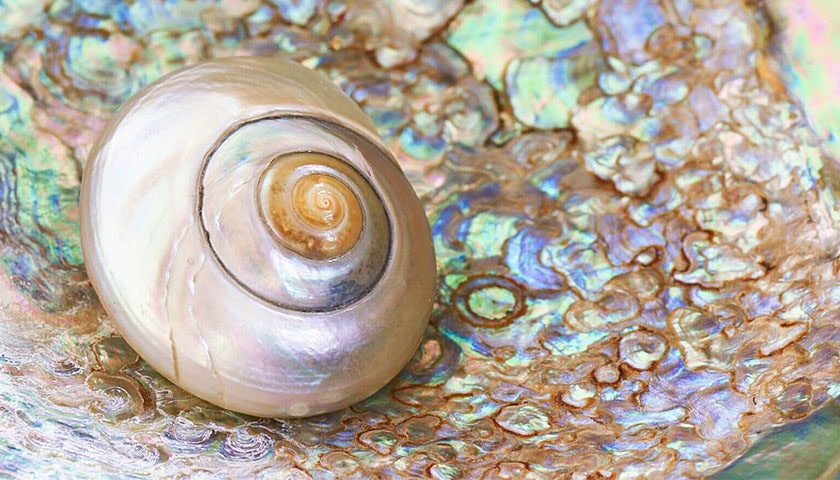
Mother of Pearl has been cherished across cultures and centuries, shimmering its way into our hearts and histories. Ancient Egyptians used it in their jewelry and artifacts, believing it brought protection and luck. The Chinese carved intricate designs into it, making it a symbol of wealth and status. Fast forward to the Victorian era, and you’ll find it adorning everything from buttons to furniture in elaborate inlays.
In many cultures, Mother of Pearl is also associated with the moon, symbolizing purity and wisdom. It’s been used in religious artifacts and even musical instruments, adding a touch of divine beauty.
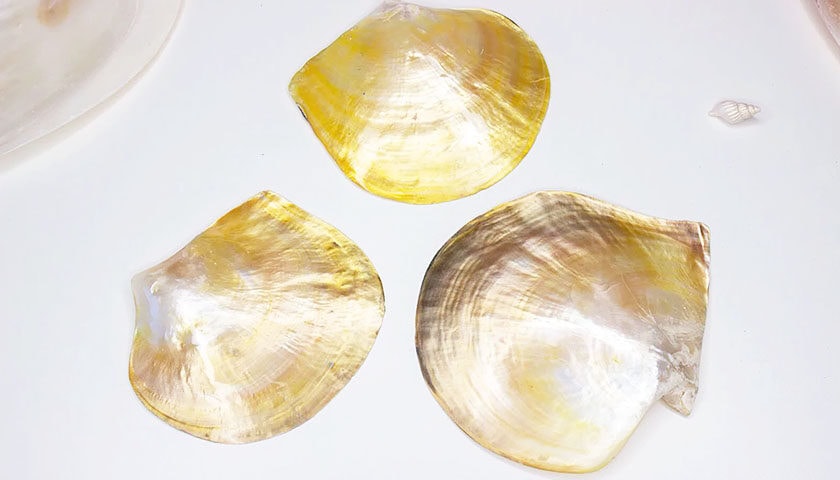
Whether it’s for its spiritual significance or sheer aesthetic appeal, Mother of Pearl continues to captivate and inspire, blending the mystical with the magnificent.
Environmental and Ethical Considerations
When it comes to Mother of Pearl, it’s essential to consider its environmental and ethical impacts. Harvesting Mother of Pearl involves collecting mollusks, which can disrupt marine ecosystems.
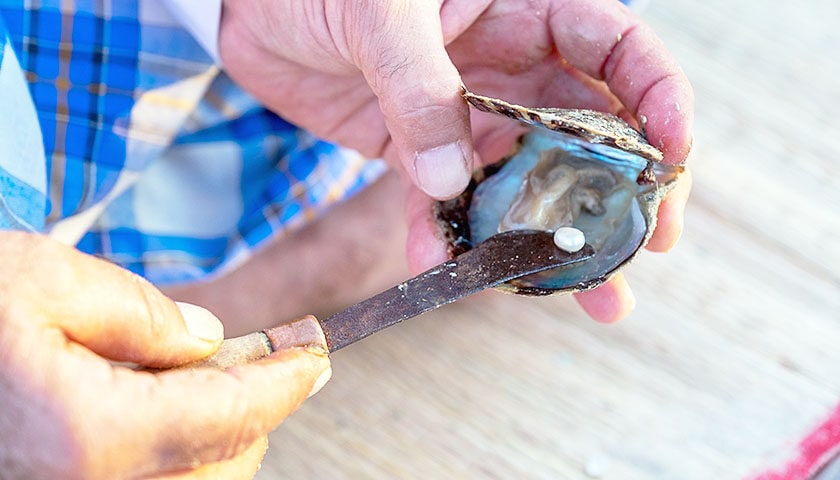
Overharvesting can threaten mollusk populations and the biodiversity of their habitats. Sustainable practices, such as regulated harvesting and aquaculture, are vital to minimize these impacts.
Ethical sourcing is another key factor. Ensuring that Mother of Pearl is harvested responsibly helps protect marine life and supports the livelihoods of communities dependent on this trade. Always look for suppliers committed to sustainable and ethical practices.
Conclusion
Mother of Pearl, with its mesmerizing iridescence and rich history, is more than just a decorative material—it’s a testament to nature’s artistry and ingenuity. From its formation inside mollusks to its diverse applications in jewelry and art, it captivates both the eye and the heart. Beyond its beauty, it offers emotional and spiritual benefits, making it a cherished element in crystal healing. By choosing ethically sourced Mother of Pearl, we honor the delicate balance of marine ecosystems and support sustainable practices.

